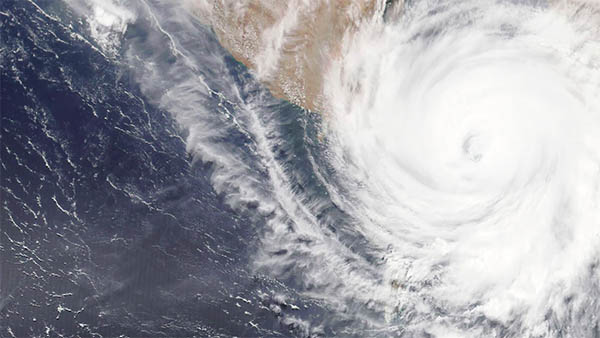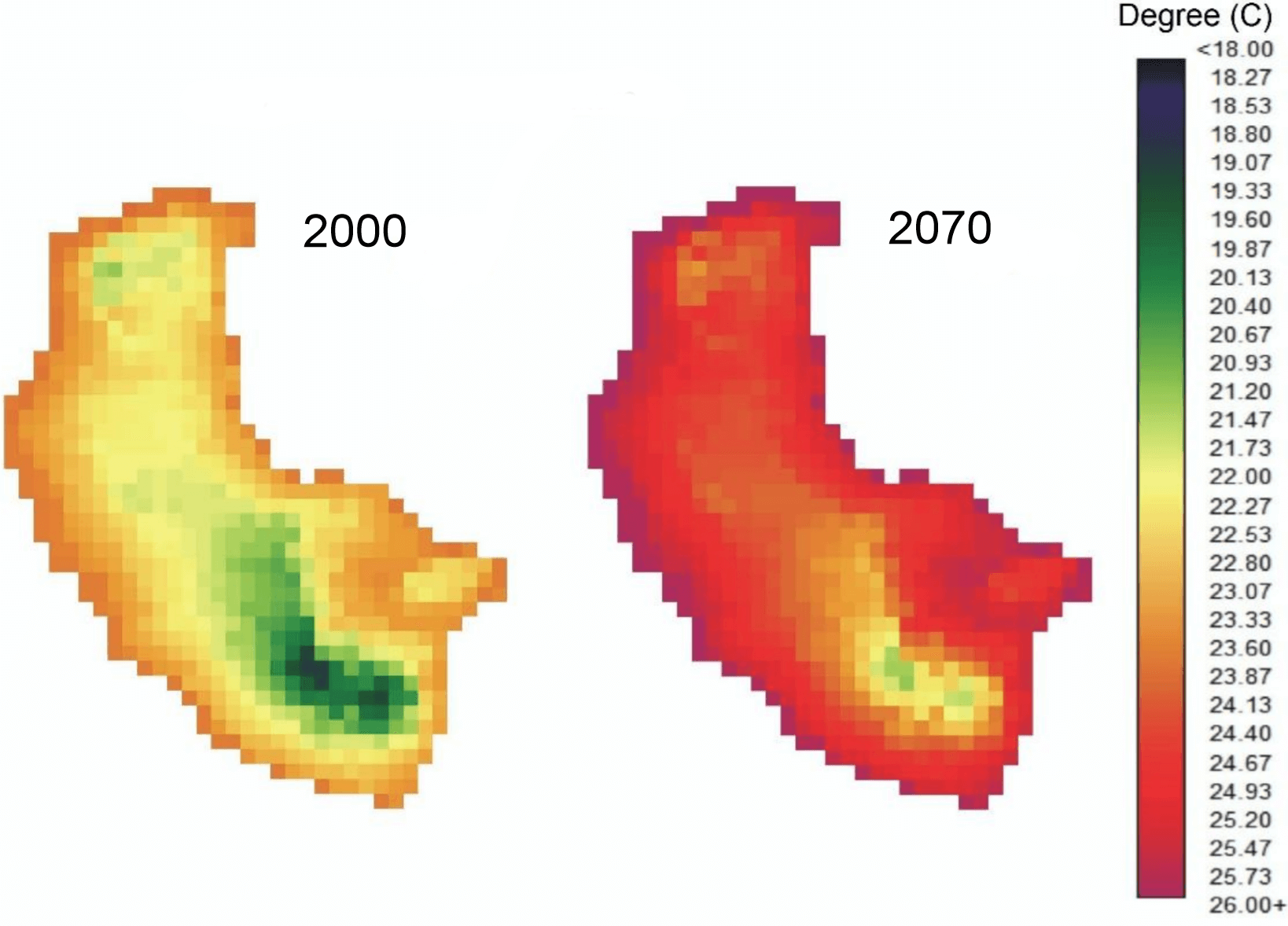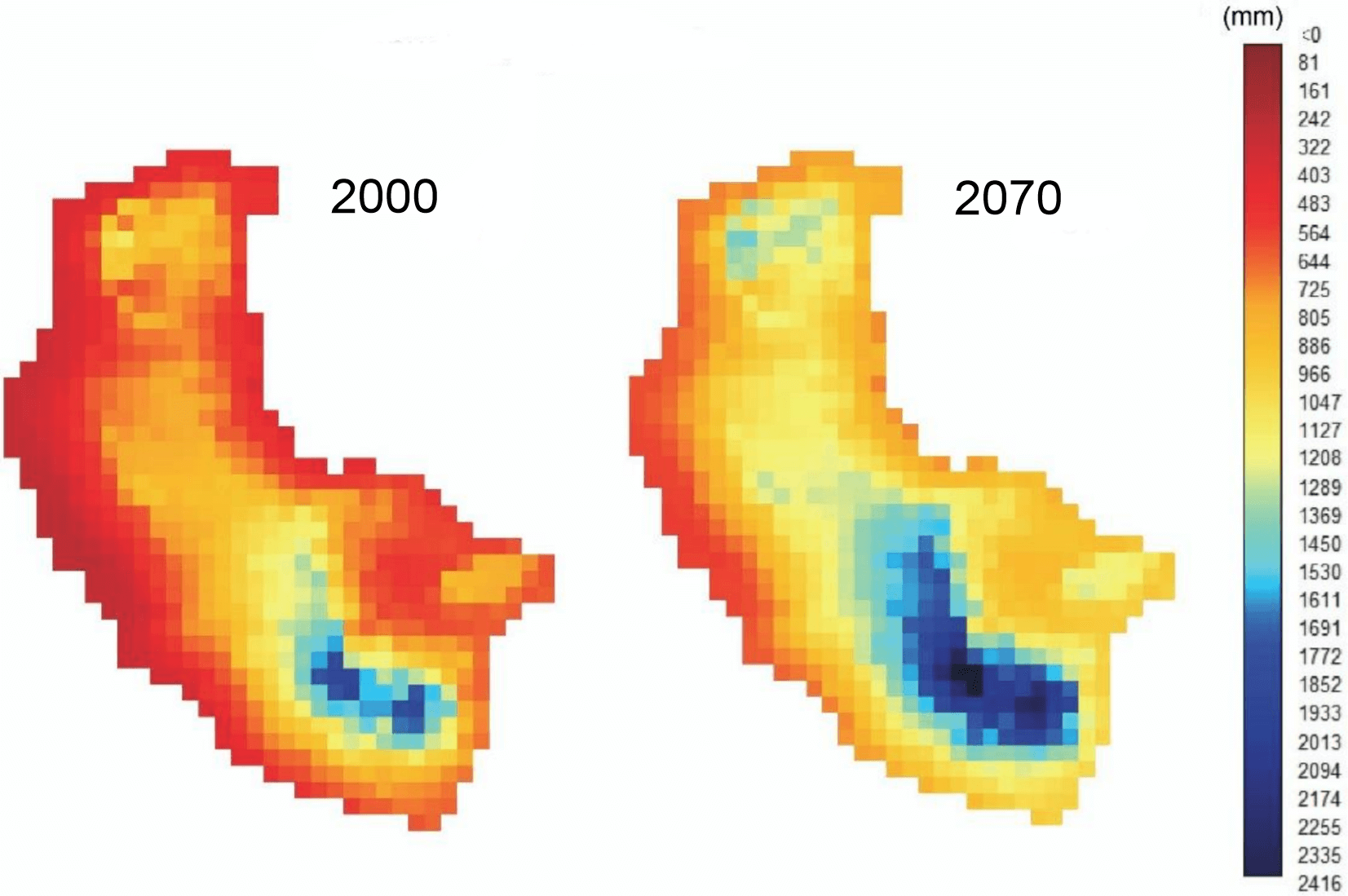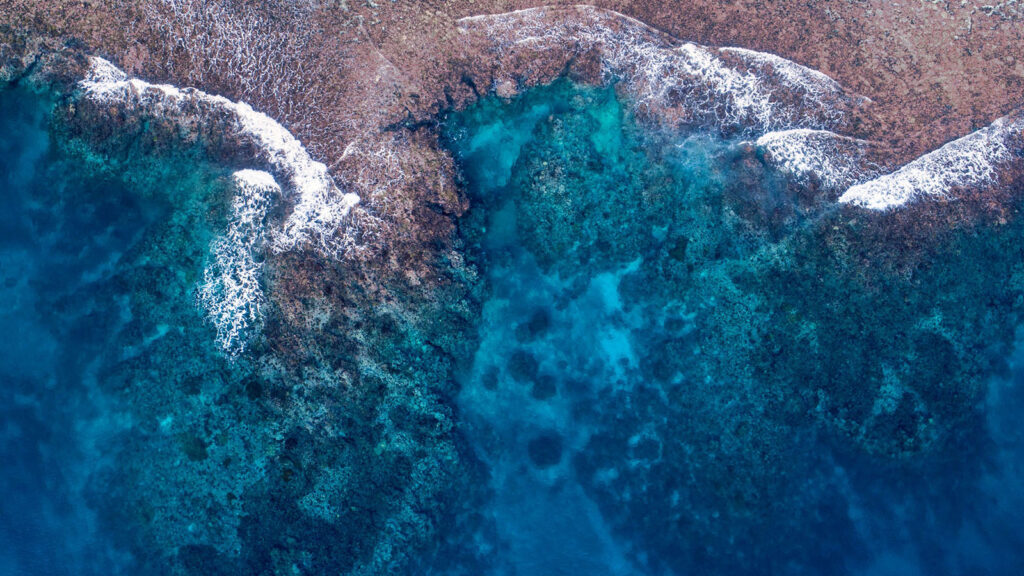
Climate risks
How will a changing climate affect the Pacific?
Climate risks in the Pacific
Pacific SIDSSIDS Small Island Developing States are a distinct group of 38 UN Member States and 20 Non-UN Members/Associate Members of United Nations regional commissions that face unique social, economic and environmental vulnerabilities. are at the forefront of climate change with projected changes including warmer land and sea temperatures, sea level rise, increased frequency and intensity of tropical cyclones including heavy rainfalls and more frequent cycles of flooding and drought events, in a region considered one of the most disaster-prone regions in the world. As climate change increases the frequency and intensity of extreme weather events, the integrity of many ecosystems are under threat with potentially irreversible changes that are likely to undermine the multitude of functions and services provided to humans, challenging the security and wellbeing of current and future generations.
Global projections

Projected temperature rise and change in rainfall patterns projected for the South Pacific to year 2100. Source: Intergovernmental Panel on Climate Change, 5th Assessment Report.

Selected key risks and potential for adaptation for small islands from the present to the long term. Source: Intergovernmental Panel on Climate Change, 5th Assessment Report.
Climate risk in the Pacific
Risks to coral reefs
Atoll islands and low-lying deltaic regions on larger islands are exposed to impacts from even small variations in climate and coastal systems and coral reefs are particularly at risk, from global temperature increase, ocean warming and acidification.Some warm-water corals and their reefs have already responded to anthropogenic warming with species replacement, bleaching, and decreased coral cover causing habitat loss (high confidence). At current rates of global warming, a threshold for coral reef systems of an increase of 1.5°C is projected to be exceeded by 2040. At 1.5°C of warming projections indicate significant coral bleaching and a further decline in coral reefs systems by 70–90% (high confidence), while larger losses (>99%) are projected with 2°C of warming (very high confidence). These are in addition to the loss of species and the degradation of ecosystems from the ever-growing human ecological footprint. Coastal systems and coral reefs are also facing threats from over-fishing, nutrient loading, sedimentation, chemical pollution and physical destruction of coral.
See our research publications associated with coral reefs.
Natural disasters
Climate change and natural disasters present complex challenges that threaten to undermine development advances and investment in the region, increase vulnerabilities and challenge prospects for sustainable development. Although mitigation has been the historical focus for reducing climate change impacts, it has become accepted that contemporary society is ‘locked in’ to a certain level of change, making adaptation an increasingly unavoidable priority and adaptation has now become a critical part of the international development agenda.
Projected changes for Tanna

Annual projected mean temperature change for the island of Tanna between 2000 and 2070. Tanna shows a uniform warming at all altitudes and latitudes, with a significant increase to the year 2070.

Annual projected precipitation for the island of Tanna between 2000 and 2070. The east coast and main mountainous areas shows a significant increase in precipitation.
